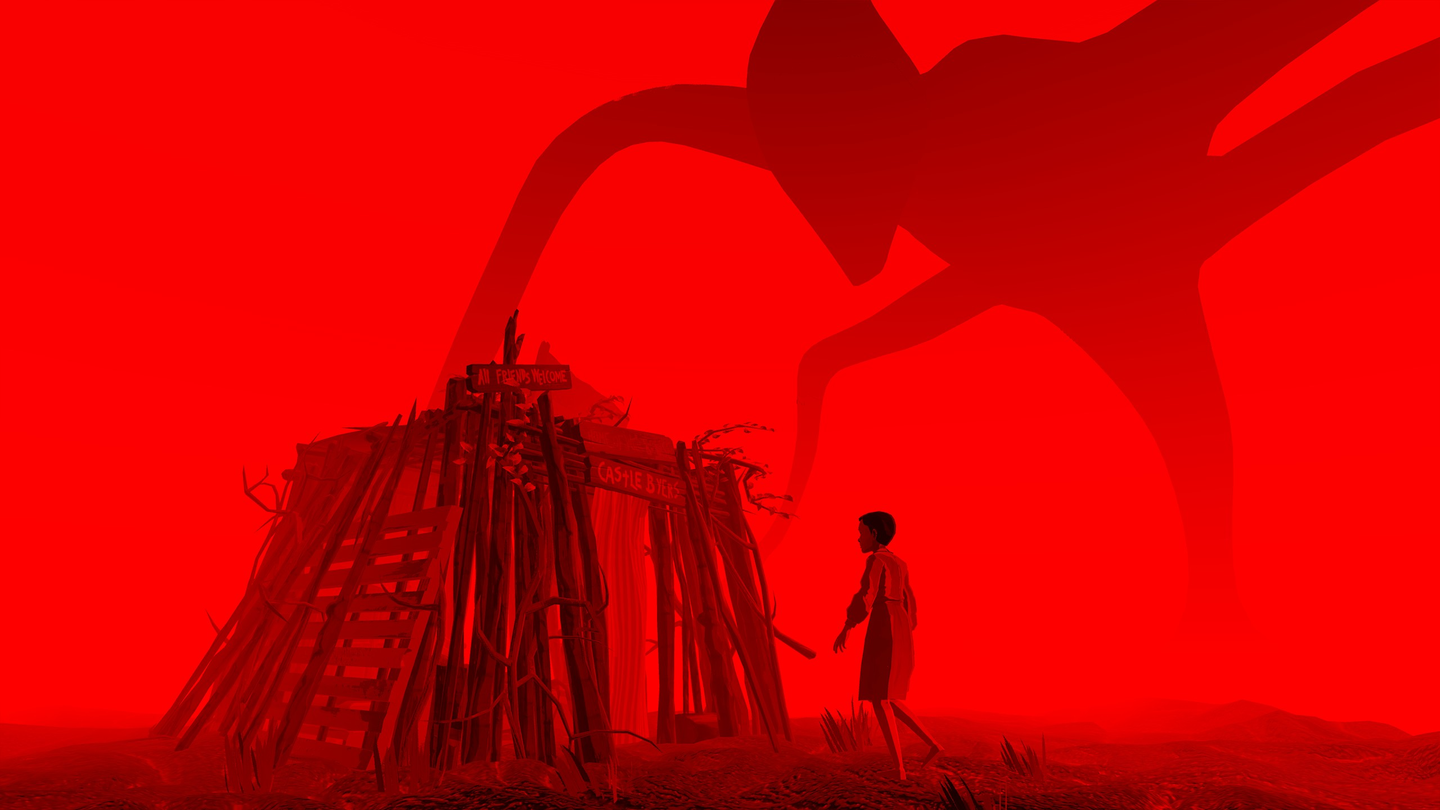
Traverse Hawkins’ darkest corners in Stranger Things VR, a rollercoaster ride that plummets from moments of fleeting excitement to deep-seated letdowns.
Rarely do I find myself so eagerly anticipating a plunge into villainy in video games. However, Stranger Things VR’s promise to cast me as Vecna, arguably the most nefarious character from the television series, had me chomping at the bit. For those uninitiated to the show, Vecna stands as the principal antagonist from Netflix’s Stranger Things fourth season. Once a troubled human boy bestowed with extraordinary psychic and psychokinetic prowess, Vecna now embodies a grotesque, skeletal monstrosity that’s every bit as evil as he looks.
Stranger Things VR unfolds across nine disjointed chapters, casting players into the twisted realm of the Upside Down. This nightmarish dimension, mirroring our own world, presents a gloomy, storm-ridden wasteland teeming with sentient vines and ghastly predators. As Vecna, you wield your telekinetic powers to dominate this realm, clashing with indigenous creatures and imposing your will upon the hive mind that governs them.
Power Struggle
Commanding the formidable Vecna initially appears exhilarating, akin to what one might expect. His abilities allow you to corrupt surfaces with pulsating vines that can be used to lift and propel you across the environment. Additionally, his telekinetic prowess facilitates dispatching smaller foes with ease, while larger adversaries succumb to a barrage of nearby objects, manipulated by your psychokinetic powers.
Vecna also has the ability to possess minds by literally pulling himself into a victim’s cranium and, once inside, spreading corrupting vines or exploiting their deepest insecurities and fears. One of the standout features of the game is the sensation of wielding dark forces, particularly when assuming the role of Vecna. The supernatural powers and ability to infiltrate characters’ minds is exhilarating, making players feel truly formidable.
However, amidst the promise of power lies a notable lack of options that mar the experience. The right thumbstick is used for turning and moving forward or backward. This makes navigation more cumbersome than needed, as the right stick’s dual role in both turning and movement leads to inadvertent surges forward or backward with every slight thumbstick deviation. The absence of an adjustable snap-turning degree further compounds these issues. Moreover, the inability to fine-tune one’s height in-game exacerbates discomfort, particularly in seated play.
A Mixed Experience
Each chapter brings a different experience; some are more action-oriented, whilst others are less focused on ‘doing’ and are more narrative-based. While you will be playing as Vecna for a large portion of the game, you also get to play as other notable characters from the series, including Will Byers, Eleven, and even ‘the flayed’ – a giant red fleshy creature that’s all teeth and tentacles.
Stranger Things VR can be played either seated or standing and relies mostly on artificial stick-based locomotion. You’ll sometimes find yourself navigating your surroundings by pulling yourself along with vines, as well as engaging in chapters featuring driving sequences. A vignette can be turned on in the options to reduce motion sickness, however, the vignetting is not that strong nor is it adjustable. Some scenes also include flashing images and lights.
Playing as a ‘flayed one’ sounds like an opportunity too good to miss but ends up feeling more like a missed opportunity. With minimal interaction and a fleeting five-minute duration, this chapter fails to leave a lasting impression. This inconsistency between chapters underscores the game’s greatest flaw, undermining both cohesion and engagement. While sporadic segments dazzle with innovative gameplay mechanics, many chapters fall short, offering what feels like nothing more than fleeting distractions.
Nostalgia Overshadowed by Shortcomings
Nostalgia serves as a double-edged sword in Stranger Things VR, evoking fond recollections of cherished show moments while highlighting the game’s narrative deficiencies. For example, in one chapter, I couldn’t help but smile as I was treated to a classic scene of Mike and his friends getting stuck into an animated game of Dungeons & Dragons.
Despite nods to beloved scenes, chapters are based on events across all four seasons of the show in a way that feels disjointed and relies excessively on prior series knowledge, alienating newcomers and leaving seasoned viewers grasping for context. Even players like myself, who have seen all episodes of the show, would benefit from a little background for each chapter to refresh my memory on the events and characters.
Another narrative element that becomes excessively utilized is the revisiting of memories, akin to experiencing flashbacks. While initially intriguing, this storytelling device feels overused and becomes repetitive in chapters where it makes the player experience the same memories several times – thereby diminishing its impact at pivotal plot moments.
Stranger Things VR clocks in at around five hours which might leave players craving more substantial content. However, the game does include two mixed-reality (MR) modes for Quest users. The first MR mode is a narrative adventure featuring a guided search for portals and takes about 20 minutes to complete. The second MR experience is a replayable arcade mode where you use telekinesis to survive waves of enemies from Vecna’s portals and aim for the highest score. The creative use of mixed reality modes adds a layer of padding and replayability to the main game.
Stranger Things VR Review – Final Verdict
Despite occasional sparks of promise, Stranger Things VR ultimately falls short of expectations, providing only fleeting moments of excitement within an otherwise lackluster journey. The disjointed and erratic nature of its nine chapters detracts significantly from the overall experience, with some sections showcasing innovative gameplay mechanics while others falter, feeling hastily constructed and devoid of meaningful engagement.
While its brevity and uneven pacing may disappoint many players, the game’s innovative approach to VR storytelling offers a modicum of comfort to dedicated fans who may find temporary solace in its familiar elements.

UploadVR uses a 5-Star rating system for our game reviews – you can read a breakdown of each star rating in our review guidelines.






